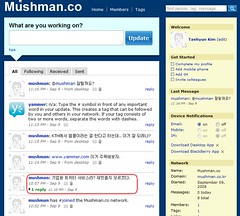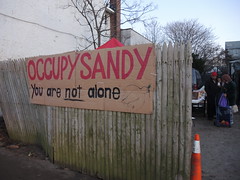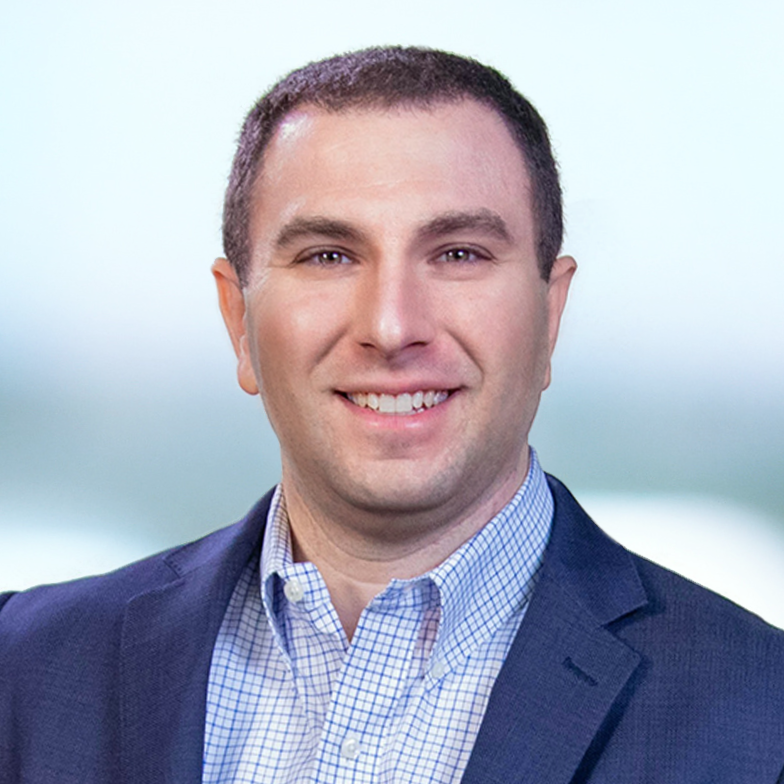Disasters and Technology: How We Are Innovating in a Network Age
/In recent years, there has been a wave of innovation in domestic and humanitarian disaster management aided by the advancement of social tools and other technologies. At a more micro-level, we have already seen a couple distinct behaviors: 1) the applicability of non-disaster tools and techniques, and 2) the emergence of new operating norms. These behaviors are leading us to question our long held understandings of disaster management and if they are even still relevant. As an example, UN OCHA just released this groundbreaking report on Humanitarianism in the Network Age that starts to set the future agenda. And in disasters, we are continually challenged by scalability, complex interdependencies and unvalidated planning assumptions. The report as well as a number of innovative movements are poised to fundamentally change our previous assumptions in light of new technological capabilities, innovations and most of all, open data.
The Relevance of Non-Disaster for Disaster
In many ways, disaster management has been a discipline unto itself. However, we have been careful to recognize the interdisciplinary nature of our work. With the recent entrepreneurial boom, we have seen a number of non-disaster applications being re-routed for disaster use in addition to the regular social media applications and networks. Simply said, they are simple applications that are easy to use AND scale for disasters purposes. Additionally, they leverage the "crowd" in ways that do NOT force them into a jurisdictions propriety application or user licenses.
We have seen Waze (crowdsourced mapping info), Geofeedia (geolocated social media intelligence) and Splunk (big data intelligence) being applied to disaster management in ways never intended by their creators. Geofeedia is a great example of this. The application was originally intended to meet the situational awareness needs of Fortune 500 firms for brand and reputation management. Now it is being applied to a number of use cases for public safety.
The advantage in applying non-disaster applications toward disaster use cases is also that vendors are better able to capitalize on economies of scale to produce better and more usable products at cheaper costs. This is an important advantage in the increasingly budget conscious world. We need to be able to do more with less and there are many non-disaster products that allow us to achieve this. However, the real challenge in the coming years is to identify best practices to use both social media, social networks and other applications for collective action across organizations and across the public.
Social media applications are also becoming our platforms of choice for information sharing both internally and externally. PIOs and other communications personnel that are using social media to engage their stakeholders are also starting to explore explore the potential use cases for collective action. After all, the true first responders are the people that are right there in the moment. Of course, research is still ongoing in this domain. As many of my colleagues have pointed out, social media is here to stay, so we get on this bandwagon. But the real trick is determining best practices and ensuring they become widespread through research and training.
Internally, enterprise social networks are increasingly being used for organizational information sharing and collaboration. They are ideal semi-structured data and information networks that enable those "serendipitous effects" that often come from networking and working out loud. This is very similar to social media, but with a trusted or verified network. They can also become your incident management software with the right planning. The key takeaway from this is that the more chances there are for information discovery, the more chances there are for "serendipitous effects" that lead to more effective and efficient responses.
New Operating Norms
Most notably social media have advanced how organizations respond to crises. The biggest shift thus far has been seen in the public information realm where PIOs and communications personnel are harnessing the power of social media to disseminate important information before, during and after disasters. They are learning to engage their audiences better, but as they do so, are realizing how they must shift the way they operate to effectively respond and engage sufficiently.
VOSG is a prime example of this. Started by Jeff Phillips and company, the VOSG concepts capitalizes on digitally skilled volunteers (aka Digital Volunteerism) to help manage communications and information during a disaster. The "command" structure is now being adapted to include skilled volunteers that do not come from traditional first responder rank and file. Crisis Mappers uses this model and is working with the Qatar Institute to research the efficacy of digital volunteer "micro-tasking."
During Hurricane Sandy, Occupy Sandy became what I like to call an "emergent network." Emergent networks are groups of people that form DURING a disaster and who organize themselves for action without official authority or permission. They are generally a mix of skilled and non-skilled volunteers that help compliment the response by addressing community-based needs. These networks also operate in a collective response model that often leads to cooperation without coordination.
The Qatar Institute and Project EPIC are also looking at how social media data can be applied to intelligent operations, including the meaning of aggregated social data. The more we understand data's value, the more questions that can be answered with aggregated data.
As a result, many research institutions are looking into how best to leverage this for operations. What information is relevant? What format is the best? Who should receive it? How? When? What actions should be taken on it? How should it be mashed with intuition, experience and other anecdotal information? We have many questions to answer on this front, but one things is for sure, the ability to access and act upon data and information is growing rapidly.
Conclusion
Generally, the more response networks the better. However, the real the challenge is not to create too many sandboxes (operational structures/networks). Just think how many local, regional and Federal sandboxes there are now? Better yet, how many functional (i.e., healthcare, transportation, firefighting) sandboxes there are? There are just too many and we can greatly benefit from system data and information from all sandboxes if they were tied together in an effective manner.
Also, responses are no longer "controlled" by a designated organization As such, response becomes an equally participatory process in which all parties choose to play in the same sandbox. The more they play well together, the better the outcomes. Technology is the great enabler for this as collaboration becomes easier and as new information sharing standards are being developed and adopted.
Technology today is beginning to allow us to aggregate and dis-aggregate all this planning and information sharing across all levels and types of the response. Let's plan for the capabilities we have now and in the future; not the capabilities of the past where technology was the great "limiter" instead of the great "enabler."



